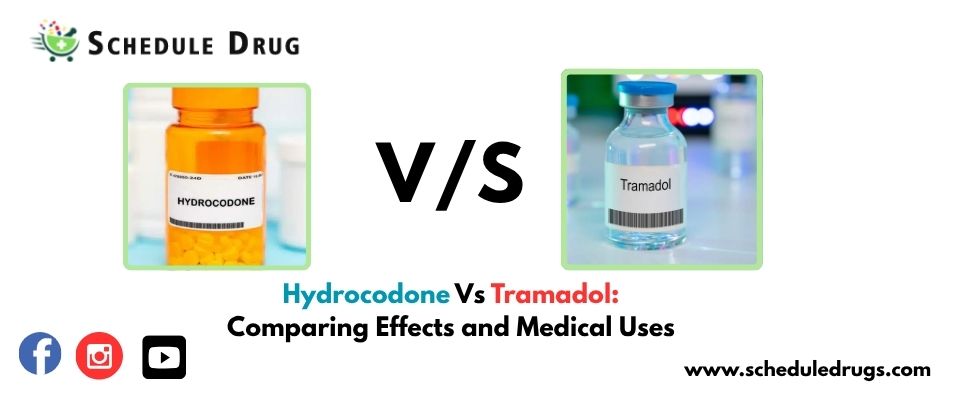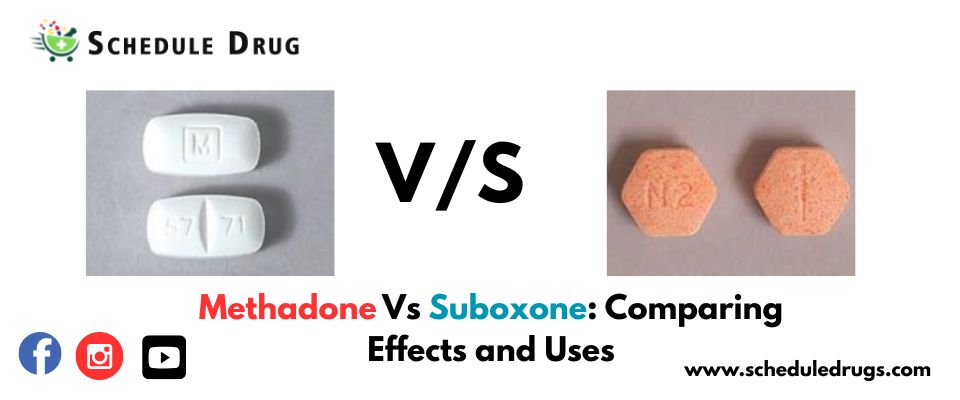What Kind of Pain is Appropriate to Treat with OxyContin?
What is OxyContin?
OxyContin (Oxycodone) is an opioid pain relief medication sometimes known as a narcotic. If you buy OxyContin online, please read this medication guide carefully. OxyContin is a potent prescription drug used when an opioid prescription is needed to manage severe pain enough to require daily around-the-clock, long-term medication with an opioid.
Your doctor prescribes this medication to you when other pain medications such as non-opioid pain drugs or immediate-release opioid medications do not treat your pain well enough, or you cannot tolerate them. It will help if you do not use OxyContin on an as-needed basis for pain that is not around the clock.
Types of Pain that Oxycontin Can Treat
There are several types of pain that you can treat with the Oxycontin therapy program. These types of pains are –
Acute Pain
Acute pain is a kind of pain that typically lasts less than 3 to 6 months or pain that is straightly related to soft tissue destruction, such as a paper cut or a sprained ankle.
Acute pain rests for a short duration, but it gradually settles as the injured tissues heal. Acute pain is distinct from chronic pain and is almost more sharp and severe.
Paroxysmal Spontaneous Pain
Paroxysmal pain is short, unpredictable bursts of severe blasting pain, normally neuropathic. This pain can be ‘spontaneous,’ wherever the nerves fire off for no apparent reason, or ‘evoked,’ where a physical action or stimulus produces the nerve to fire off.
Chronic Pain
Even after the initial injury has healed, continuous pain for more than six months is deemed chronic. Chronic pain can last for years and progression from mild to severe on any given day. And it’s relatively common, seizing an estimated 50 million trusted source adults in the United States.
While prior injuries or damage may cause chronic pain, sometimes there’s no visible cause. Without proper supervision, chronic pain can start to affect your quality of life. As a result, people having chronic pain may improve symptoms of anxiety or depression.
Other signs that can accompany chronic pain involve;
- tense muscles
- lack of energy
- limited mobility
Some common examples of chronic pain involve:
- frequent headaches
- nerve damage pain
- low back pain
- arthritis pain
- fibromyalgia pain
Other Types of Pain that you Can Treat with Oxycontin
Some different types of usual and severe pains also can manage by using Oxycontin. Your doctor may prescribe this medication to treat;
- Low back pain
- Intercostal neuralgia (Rib pain)
- Peripheral neuropathy (Diabetic nerve pain)
- Spinal stenosis
- Vertebral Compression Fractures
- Cervical and lumbar facet joint disease
- Sciatica/Radiculopathy (“pinched nerve”)
- Head pain / Occipital neuralgia (Scalp/head pain)
- Hip Pain
- Multiple regional pain syndrome (Reflex Sympathetic Dystrophy – RSD)
- Herniated discs and degenerative disc disease (discogenic pain)
- Neck pain
- Shoulder and knee arthritic pain (osteoarthritis)
- Myofascial (Muscular) pain
- Sacroiliac joint disease
- Failed back surgery pain (FBSS) / Post-Laminectomy Neuropathic Pain
- Neuropathic (Nerve) pain
- Post-surgical Pain
- Cancer pain (pancreatic, colorectal, lung, breast, bone)
- Nerve entrapment syndromes
- Statistics related syndromes/ pain
- Spinal Cord Injury (central pain)
- Pelvic Pain
- Pain from peripheral vascular disease
- Anginal pain (chest pains)
- Post-herpetic neuralgia (shingles pain)
- Thoracic outlet syndrome
How Does Oxycontin Manage these Pains?
Oxycontin, sometimes known as narcotics, is prescribed by doctors to treat persistent or severe pain.
People use this with chronic headaches and backaches, by patients healing from surgery or undergoing severe pain associated with cancer, and by children and adults who have gotten hurt playing sports or seriously injured in falls, auto accidents, or other incidents.
How Do Opioids Work?
Opioids connect to proteins called opioid receptors on nerve cells in the spinal cord, brain, gut, and other body parts. When this occurs, the opioids block pain messages from the body via the brain’s spinal cord. While they can efficiently Relieve pain, opioids transfer some risks and can be highly addictive.
The risk of dependence is exceptionally high when someone uses opioids to manage chronic pain over a long period.
What are the Side Effects of OxyContin?
Get emergency therapeutic help if you have symptoms of an allergic reaction such as hives, difficult breathing, swelling of your tongue, face, lips, or throat.
An opioid prescription can slow or stop your breathing, and death may occur. A family person should seek emergency therapeutic attention if you have slow breathing with long pauses, blue-colored lips, or hard to wake up.
Stop taking Oxycodone and call your physician at once if you have a severe side effect such as;
- noisy breathing, sighing, shallow breathing, breathing that stops during sleep
- a slow heart rate or weak pulse
- confusion, feelings of extreme happiness or sadness
- severe weakness or drowsiness
- feeling like you might pass out
- a light-headed feeling
- low cortisol levels–nausea, vomiting, loss of appetite, dizziness, worsening tiredness, or weakness
Seek preventive attention right away if you have serotonin syndrome symptoms, such as hallucinations, fever, sweating, agitation, shivering, fast heart rate, loss of coordination, nausea, muscle stiffness, twitching, vomiting, or diarrhea.
Serious side effects may be more apparent in older adults and those malnourished or weakened. Long-term use of opioid remedies may affect fertility (ability to have children) in men or women. It is unknown whether opioid effects on fertility are permanent.
Common side effects may include;
- drowsiness, tiredness
- dizziness
- headache
- constipation, nausea, vomiting, stomach pain
The above is not a comprehensive list of side effects, and others may happen. Call your doctor for therapeutic advice about side effects. You can describe side effects to FDA at 1-800-FDA-1088.
How Can you Safely use OxyContin to Manage Pain?
You should not use OxyContin if you have ever had an allergic reaction to this medication or other narcotic drugs, or if you have;
- a blockage in your intestines or stomach
- critical asthma or breathing problems
- a bowel obstruction called paralytic ileus
Do not take OxyContin if you have taken an MAO inhibitor in the earlier 14 days. A serious drug interaction could occur. MAO inhibitors include isocarboxazid, phenelzine, rasagiline, linezolid, methylene blue injection, selegiline, tranylcypromine, etc.
Inform the physician if you have ever had;
- a head injury, brain tumor, or seizures
- breathing problems, sleep apnea
- alcoholism, drug addiction, or mental illness
- urination problems
- liver or kidney disease
- a sulfite allergy
- problems with your gallbladder, pancreas, or thyroid
If you take opioid medicine during pregnancy, your baby could become reliant on the drug. This act can cause life-threatening withdrawal signs in the baby after birth. Infants born dependent on opioids may need treatment for several weeks.
Do not breastfeed your newborn if you are using this medication. OxyContin can transfer into breast milk and cause breathing problems or drowsiness in a nursing baby. Do not drink alcohol. Serious side effects or death could occur. Avoid driving or dangerous activity until you identify how OxyContin will affect you. Drowsiness or dizziness can cause falls, accidents, or severe injuries.
If we are going to use this medicine, you should consult some critical points with your doctor;
- If a pregnant lady is going to breastfeeding
- If you use alcohol
- If you are going to work on or operate a machine
- Please consult with your doctor before you buy OxyContin online.
OxyContin may affect your thinking or reactions. Be careful if you drive or do something that needs you to be alert. Do not use any other prescription or over-the-counter weight-loss medication or product without your doctor’s recommendation.




